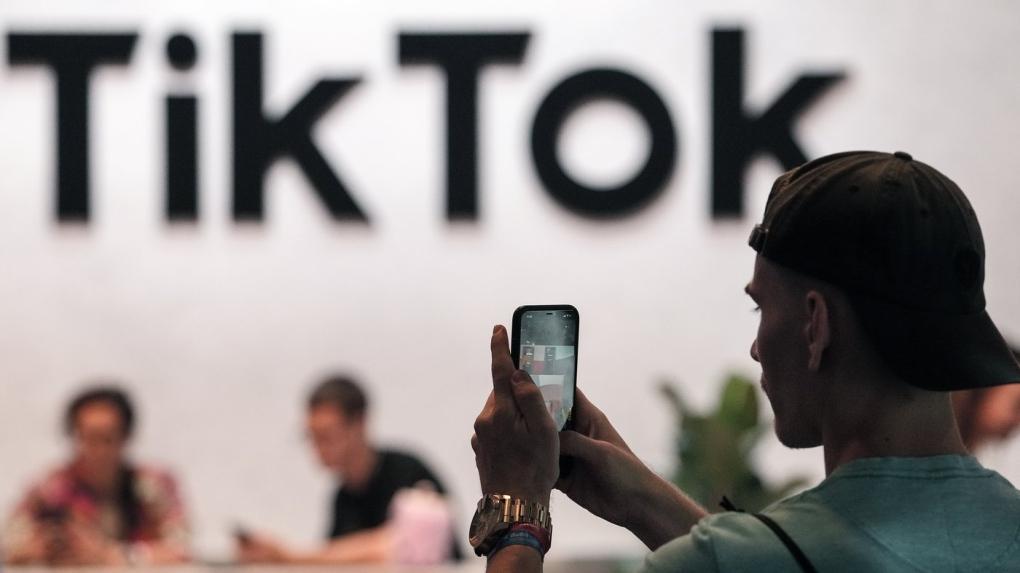After years of developmental and regulatory tribulations, “smart guns” may finally hit markets later this year, as several upstart companies are taking concrete action to bring their products to the public.
The firearms company LodeStar works has unveiled its 9mm smart handgun in a demonstration for shareholders and investors. Meanwhile, Kansas-based SmartGunz LLC has been beta testing a similar product for police officers. Both companies hope to sell their weapons to the public by the end of this year.





